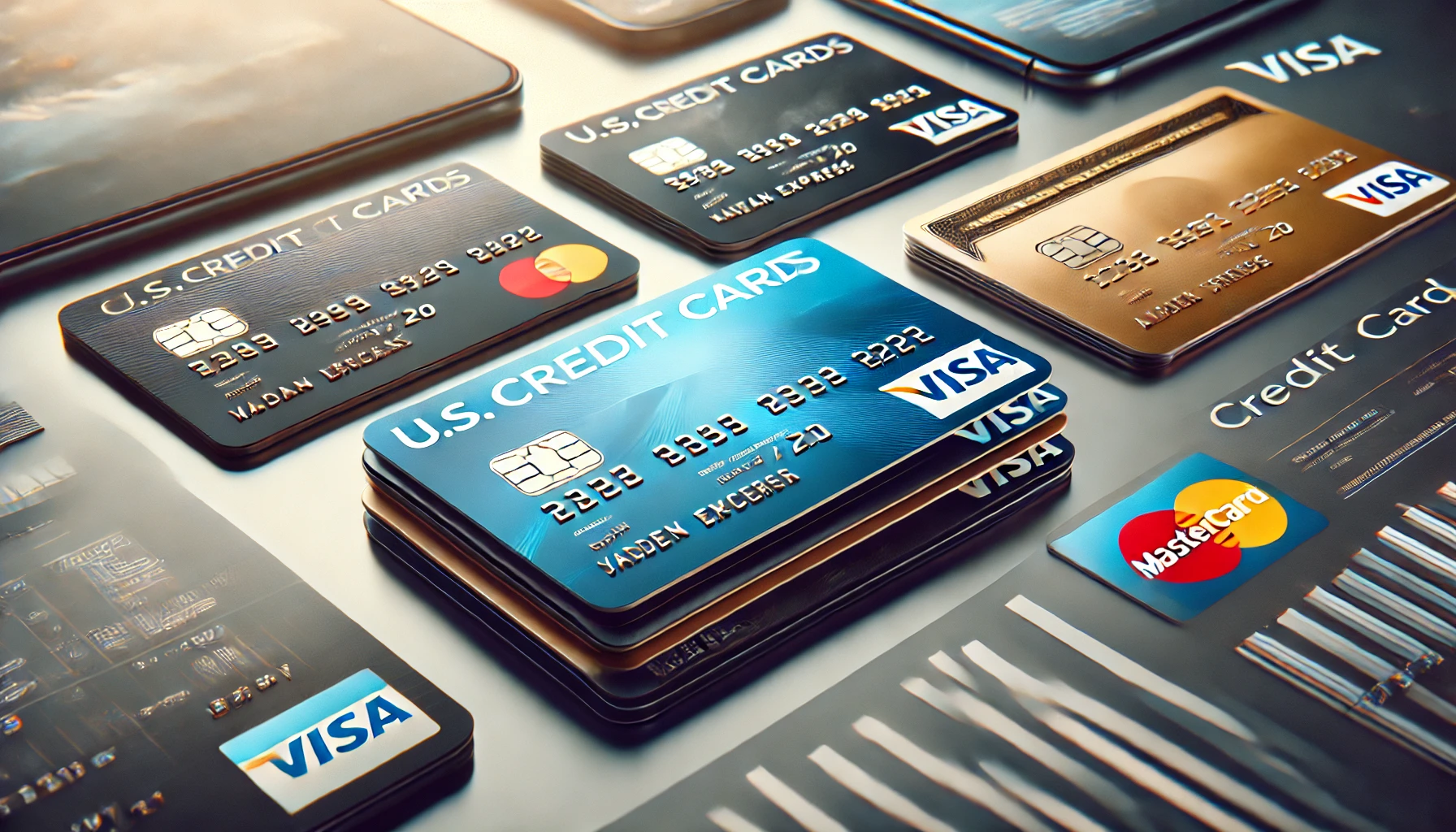The U.S. credit card landscape in 2025 is rapidly evolving, and the debate between premium credit cards and digital-only alternatives has never been more relevant. With consumers seeking rewards, flexibility, and security, both options bring unique benefits. The choice often depends on lifestyle, spending habits, and personal priorities.
While digital cards are redefining convenience and integration with apps, premium credit cards continue to dominate with exclusive perks, luxury travel rewards, and strong protections. Understanding their differences is essential for consumers aiming to maximize value while navigating a financial market that blends tradition with innovation.
The Enduring Value of Premium Credit Cards

In 2025, premium credit cards remain highly attractive for individuals who prioritize luxury and security. These cards typically offer travel perks such as lounge access, airline credits, hotel upgrades, and premium concierge services. For frequent travelers and professionals, these benefits can outweigh annual fees by delivering tangible value and comfort.
Another advantage is the strong protection ecosystem tied to premium credit cards. Features such as extended warranties, purchase protection, and robust fraud monitoring make them a safe choice for high-value transactions. While digital cards offer agility, premium options still provide unmatched reliability in critical situations.
Key perks of premium credit cards
Consumers evaluating premium options should consider the most compelling features that distinguish them from digital-only competitors. These cards go beyond payments, offering lifestyle-oriented services and protections that appeal to high-spending users.
- Exclusive travel rewards and airport lounge access
- Premium concierge and lifestyle management services
- Comprehensive purchase protection and insurance coverage
- High-value reward programs tailored to spending categories
These benefits show why premium credit cards continue to be a top choice for affluent consumers in 2025. However, digital cards are rising fast with their own set of unique advantages that focus on accessibility and technology-driven solutions.
The Rise of Digital Credit Cards
Digital credit cards are redefining how Americans use payment tools. Unlike traditional plastic, they exist primarily within smartphones or digital wallets, making transactions faster and more secure. Their real-time notifications, biometric verification, and app integrations give users immediate control over spending and security settings.
Another critical advantage of digital cards is accessibility. They often come with lower or no annual fees, appealing to younger consumers and those seeking flexible financial tools. While they may lack the exclusivity of premium credit cards, their strength lies in offering everyday efficiency and seamless integration with financial apps.
Key perks of digital credit cards
Digital credit cards stand out for their convenience, accessibility, and strong integration with technology. Designed for modern lifestyles, they provide users with immediate control over their accounts through smartphones and connected apps. Their simplicity makes them ideal for everyday purchases while still ensuring reliable security.
- Instant issuance and activation through mobile apps
- Biometric verification and advanced fraud protection
- Seamless integration with digital wallets and budgeting tools
- Low or no annual fees with flexible rewards programs
These perks highlight why digital credit cards are gaining popularity across diverse consumer groups. By offering affordability, security, and real-time control, they represent an accessible alternative to premium credit cards, appealing especially to younger users and those prioritizing technology-driven solutions.
Conclusion: Which Card Type Will Lead in 2025?
The debate between premium credit cards and digital credit cards reflects the broader transformation of the U.S. financial market. Premium options still appeal to those who value exclusivity, luxury, and strong protections, particularly frequent travelers and high-spending consumers. Digital cards, meanwhile, resonate with individuals seeking everyday convenience, affordability, and app-based integrations.
In 2025, there may not be a single “winner” between the two. Instead, many consumers could adopt a hybrid approach—using a premium credit card for travel and high-value purchases while relying on a digital card for daily expenses. This combination balances tradition with innovation, ensuring both security and convenience in an evolving financial landscape.





